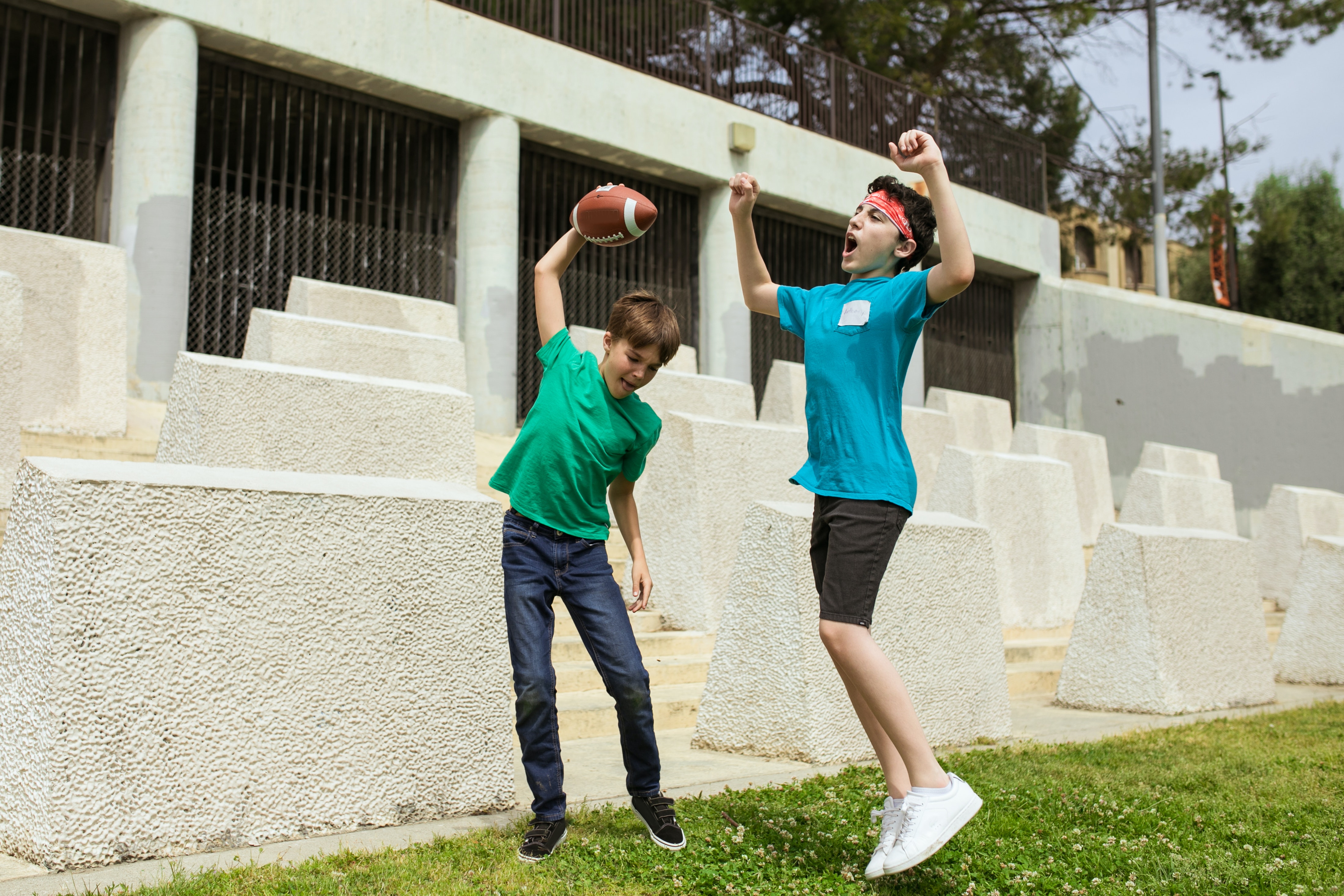The human race has been privileged throughout the past few decades with phenomenological inventions offering instant gratification. Payment via tapping our credit card or phone on the surface of a payment processor at grocery stores, gas stations, and restaurants removes any apprehensions of thinking twice about the number being deducted from our digital bank account. Remember when we needed to acquire a carbon copy by superimposing an image of the credit card’s number on a triplicate of white, yellow, and pink paper? Those days have been conveniently put in the archive of human history. Our lives are far less complicated thanks to the genius of the human race.
Downloading content on our phones can be acquired in the blink of an eye. To make this more impressive, I could watch the entire series of Friends on a road while droning through the badlands of I-5 on Hulu, thanks to the assistance of our 5G phone networks. Remember the sound of connecting to the internet back in the ’90s? It sounded akin to the combination of screeching tires and an albatross mating call. For the generation of humans who lived through these experiences, they can appreciate that the era of digital instant gratification is here to stay.
These technological advances to aid in our everyday productivity can offer massive improvements to our lives. For example: opening up the Amazon app and having a thirty-six pack of toilet paper delivered to my doorstep in less than twenty-four hours is pretty cool. This convenience allocates a free hour in my day by alleviating a trip to Wal-Mart to buy some toilet paper. Avoiding waiting in a line watching people stare at their cell phones to absorb the latest mind-leaching Tik-Tok reel while being blasted by the cacophony of screaming children isn’t that bad.
Unfortunately, this immediate result of completing tasks requiring physical effort and thought can be debilitating to our productivity in human development as we age. The resources that give us that “ta-dah!” effect after we get something done right away can become too prevalent in our day-to-day lives. Too much immediate gratification could lead to a lack of using the brain to produce creative thoughts and the body to move and interact less with the environment around us. If long-term health is a goal in our lives, it’s worthwhile to maintain clarity of the critically important factors of moving and making conscious decisions throughout our day.
The physiology involved in the human body doesn’t offer instant gratification the same way as the tap payment of a credit card when filling up our gas on their convenient payment processors located on the pump. If our fitness goals entail increasing strength, losing weight, or decreasing pain, a substantial amount of focus and consistent practice in keeping the body moving must be allocated to our schedule. We can’t download an app from the Apple or Google Play store to immediately be able to perform ten pushups, maintain a healthy weight, or overcome nagging pain and injuries. The efforts, thoughts, and energy we dedicate to moving our bodies are the application. There aren’t many machines that can replace the willpower and discipline ingrained within our human identity.
It’s helpful to put digital devices away for a moment that track every variable of data present in our lives. Ensuring we can participate in everyday activities like walking long distances, stepping up and down stairs, or bending down to pick objects up off the ground are necessary to live long and happy lives. Instant satisfaction from technology has created this fantastic world we exist in. However, let’s not forget to maintain the movement that our ancestors who lived before the era of instant digital satisfaction. Even though our everyday lives are proficient thanks to technology, we still need to roll up our sleeves and consistently perform chores, walk frequently, and train our bodies to endure the demands the world imposes on our bodies.
Sean McCawley, the founder and owner of Napa Tenacious Fitness in Napa, CA, welcomes questions and comments. Reach him at 707-287-2727, napatenacious@gmail.com, or visit the website napatenaciousfitness.com.

